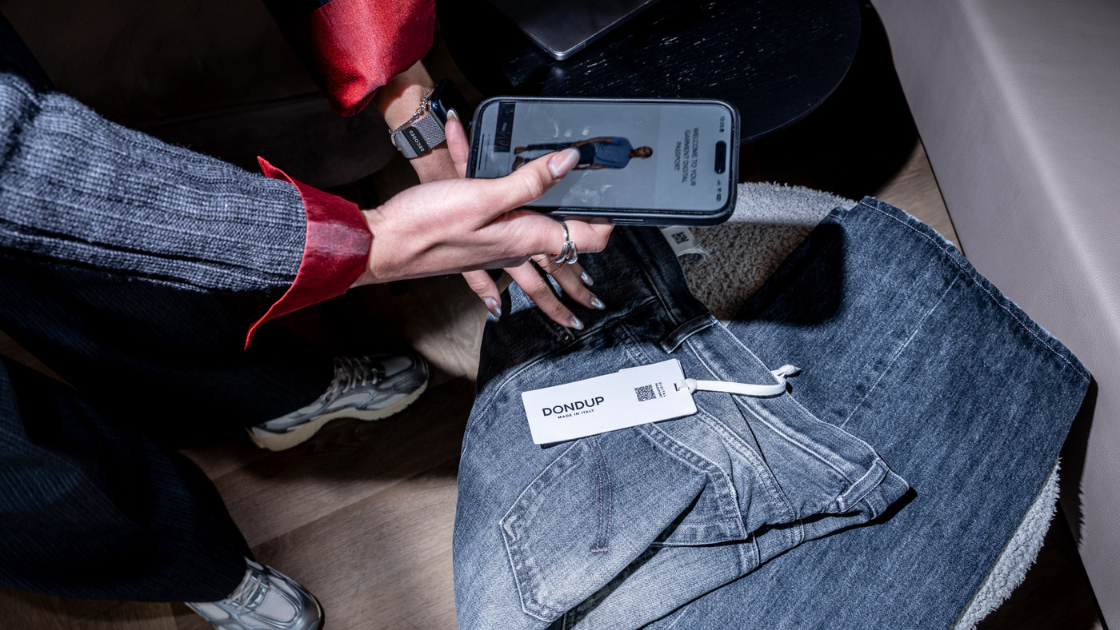In an industry increasingly shaped by sustainability and accountability, the Eco-design for Sustainable Products Regulation (ESPR) has emerged as a pivotal framework for driving positive change. As part of the European Union’s Green Deal, the ESPR aims to promote a circular economy, reduce environmental impact, and set new standards for transparency in supply chains. But what exactly is the ESPR, and how does it affect businesses in the fashion and retail sectors? This article breaks down everything you need to know, including compliance requirements, timelines, and practical steps to align with the regulation.
What is the ESPR Regulation?
The ESPR, or Eco-design for Sustainable Products Regulation, is an ambitious legislative framework introduced by the European Union. Its goal is to ensure that products placed on the EU market are designed with sustainability in mind. Unlike earlier regulations that focused solely on energy-related products, the ESPR extends its scope to a broad range of goods, including textiles and fashion items.
The regulation emphasizes:
- Resource efficiency: Minimizing waste and optimizing resource use.
- Durability and repairability: Encouraging longer product lifespans.
- Transparency: Requiring companies to disclose detailed information about a product’s lifecycle, through a Digital Product Passport.
By mandating sustainable practices, the ESPR aligns with broader EU sustainability initiatives, such as the Circular Economy Action Plan.
Who Needs to Be Compliant?
The ESPR applies to a wide array of stakeholders in the EU market, including manufacturers, retailers, and suppliers. Any business that produces, imports, or sells products in the EU must ensure compliance with the regulation’s standards.Key affected parties include:
- Manufacturers: Responsible for designing products that meet eco-design criteria.
- Importers: Ensuring imported goods comply with ESPR guidelines.
- Retailers: Communicating product information transparently to consumers.
- Suppliers: Providing traceable and verifiable data on raw materials and production processes.
Should Retailers Be Compliant?
Yes, retailers play a crucial role in ESPR compliance. While manufacturers may design sustainable products, retailers act as the bridge between producers and consumers. Their responsibilities include:
- Product Information Disclosure: Retailers must ensure that consumers have access to detailed product lifecycle information, such as sourcing, manufacturing processes, and environmental impact.
- Avoiding Non-Compliant Products: Retailers are required to verify that the items they sell meet ESPR standards, including proper labeling and certifications.
- Educating Consumers: Retailers can enhance customer engagement by sharing immersive stories about the sustainability of their products.
Non-compliance can lead to reputational damage, loss of consumer trust, and financial penalties, making it imperative for retailers to prioritize ESPR alignment.
Should Suppliers Be Compliant?
Suppliers are equally essential in meeting ESPR requirements. Their primary responsibilities include:
- Traceability: Providing transparent and verifiable data on raw materials, ensuring they align with eco-design standards.
- Collaboration: Working closely with manufacturers and retailers to maintain a compliant supply chain.
- Adopting Sustainable Practices: Implementing eco-friendly production methods to reduce environmental impact.
Compliance benefits suppliers by fostering stronger relationships with brands and retailers, positioning them as preferred partners in an era of increased accountability.
Timeline for ESPR Implementation
The ESPR is being rolled out in phases, with specific deadlines for compliance depending on the product category. Here’s a general timeline:
- July 2024: The ESPR officially entered into force.
- Q1-Q2 of 2026: Publishing of the delegated acts - explaining the specific requirements for apparel and textile.
- 2027: End of the 18 months buffer for implementation for the apparel and textile industry.
- 2030: Full implementation of ESPR standards across all relevant sectors, meaning that every product circulating in the EU must show a Digital Product Passport.

Businesses should stay informed about updates to ensure timely compliance and avoid potential penalties.How to Comply with the ESPRCompliance with the ESPR requires a proactive approach. Here are practical steps businesses can take:
1. Conduct a Life Cycle Assessment (LCA)
- Analyze the environmental impact of your products from raw material sourcing to disposal.
- Use LCA results to identify areas for improvement and align with eco-design principles.
2. Leverage Supply Chain Transparency Tools
- Use platforms to map supply chains and ensure traceability.
- Automate data collection and reporting to meet transparency requirements.
3. Adopt Digital Product Passports (DPPs)
- Integrate DPPs into your product offerings to provide detailed information on origin, composition, and environmental impact. Platforms like Renoon can support in DPP implementation.
- Use QR codes and digital widgets to link consumers to immersive product stories.
4. Align with EU Traceability Regulations
- Familiarize yourself with related policies, such as the Green Claims Directive and traceability requirements.
- Ensure your compliance efforts are integrated and comprehensive.
5. Train Your Team
- Educate employees on the importance of ESPR compliance.
- Provide training on tools and processes that facilitate alignment with the regulation.
Examples of Brands Leading ESPR Compliance
Several forward-thinking brands have already taken steps to align with Digital Product Passport standards. Here are a few examples:
- Dondup: As one of the biggest Italian denim brands, Dondup has already adopted Digital Product Passport on its whole collection, as part of their transparency commitment.
- Copenhagen Cartel: This Danish activewear brand focused on regenerated materials is implementing the Digital Product Passport to engage consumers in store and post-purchase.
- Nicoletta Fasani: The Italian artisan Nicoletta Fasani uses Digital Product Passports to share detailed information about her brand's products’ story, from materials sourcing to consumers.
These brands demonstrate how proactive compliance can enhance reputation, customer loyalty, and long-term business success.
Conclusion
The ESPR regulation marks a significant step forward in promoting sustainability and accountability in the fashion and retail industries. By designing products with sustainable principles, ensuring supply chain transparency, and leveraging digital tools like product passports, businesses can not only comply with regulatory requirements but also lead the way in creating a more sustainable future.
Renoon offers cutting-edge solutions to help companies navigate the complexities of ESPR compliance. From supply chain mapping to digital integrations, our platform empowers businesses to meet these new standards with confidence. Ready to take the first step? Explore our tools today and join the movement towards more transparent industry.










.png)



















.png)

.png)
.png)
.png)
.png)

.jpg)
.png)
.png)



.png)
.png)


.png)
.png)

.png)


